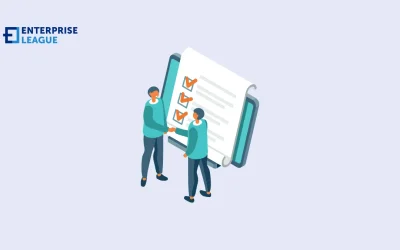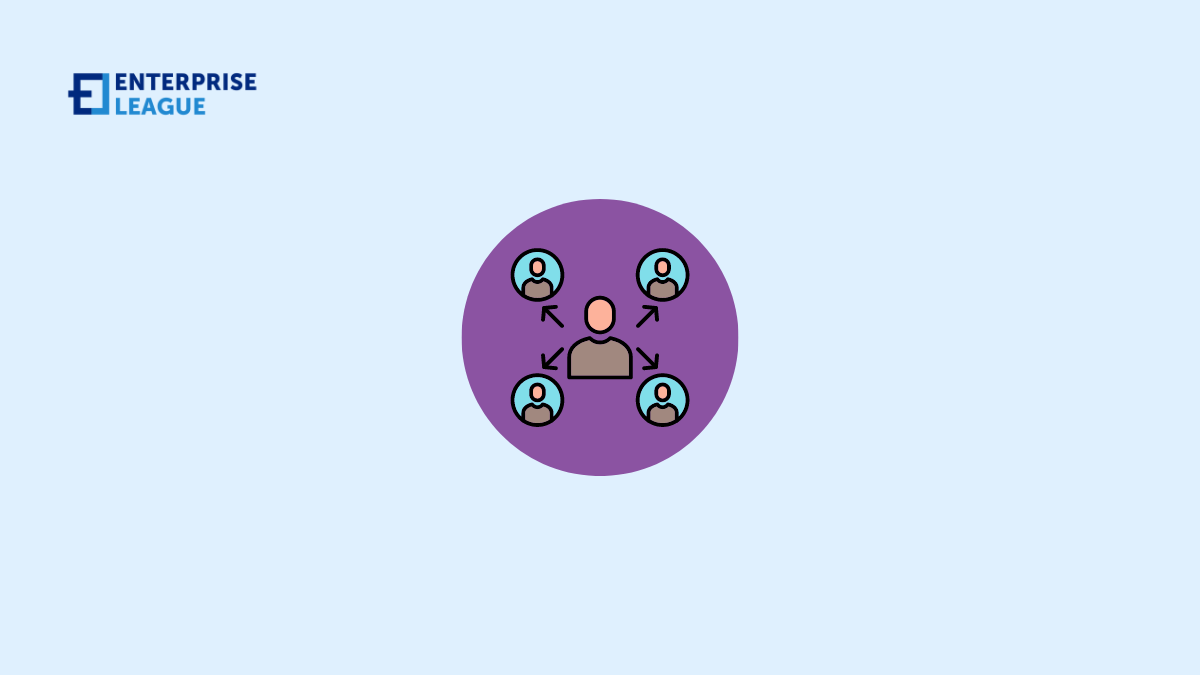The trademark industry has become a high-stakes global chess match in the digital era. For iGaming operators and international brands, unauthorized use of brand keywords, counterfeit sites, and unscrupulous affiliates can siphon away more than 20% of hard earned clicks to competitors, cutting into bottom lines and cheapening brand value over time. Manual surveillance across various markets is no longer practical – it is slow, costly, and most significantly overlooks the most crucial violations.
This is where automation comes in. Leading brands now use advanced PPC brand monitoring tools that scan millions of search engine results pages (SERPs) daily worldwide in over 30 languages from some 80 countries. These platforms detect infringement while automating evidence collection, creating legal-ready reports, and sending takedown requests. This transforms trademark compliance from reactive firefighting into proactive protection.
How to ensure global compliance with automation software
AI-driven detection and workflow automation allow modern trademark protection platforms to stop infringements at scale. Here’s how they work at each stage:
- Detection. Tools such as BrandVerity scan millions of SERPs across 50+ countries, impersonating local searches to detect unauthorized ads bidding on brand keywords. Machine learning detects trademark use in ad copy or domains or landing pages, even when a trademark is paraphrased. Geo-targeting helps maintain compliance with regulations like strict trademark guidelines throughout the EU.
- Prioritization. Not all infringements are equal. Algorithms sort threats by level (e.g. a competitor’s ad using your trademark vs. an affiliate’s noncompliant campaign). This focuses resources on high-impact infractions.
- Evidence collection. Websites automatically collect screenshots, show links, add affiliate IDs. BluePear’s software, for example, assembles legal bundles with time stamps and breach specifics, reducing preparation time for cease-and-desist letters.
- Remediation. API bulk requests are sent to search engines. Out-of-policy partners receive alerts through prepopulated email templates and repeat violators are automatically escalated.
Booking.com credits this automation with saving “$150k in brand CPC costs” annually. Now, one specialist can coordinate global compliance for them, which manual processes couldn’t achieve.
Strategic implementation for maximum impact
Implementing automation requires more than just technology. Leading brands succeed by combining automation with three core strategies:
- Integrate multi-channel monitoring. Gaming traffic comes from many sources: paid search, affiliate links, social ads, influencer promotions. Using separate tools creates gaps in coverage. Major operators use systems like The Search Monitor to centralize oversight. Their technology tracks branded keyword bidding and reviews affiliate landing pages for unauthorized offers (e.g. claims to “100% bonus” that violated the terms). This comprehensive view prevents violations from slipping through.
- Customize by market priority. Not all markets need equal attention. Brands consider two factors when allocating monitoring budgets:
- Revenue impact. Daily scanning focuses on high-value markets (like the UK, Germany), while emerging regions get weekly checks.
- Risk profile. Regions with weak ad policies (like some parts of Asia) require more monitoring. Adthena’s Infringement Tracker demonstrates this by using AI to identify “brand bid hotspots” by conversion risk.
Empower legal and local teams. Automated systems compile evidence dossiers to speed legal action. Brands like Marriott pair this with local playbooks. For an affiliate in Germany bidding on trademarked keywords:
- Day 1. Automated warning email.
- Day 3. Account suspension notice.
- Day 7. Takedown request to Google.
This consistency stops repeat offenses while respecting local practices.
The results: beyond trademark defense
Automated compliance delivers benefits beyond stopping violations. Companies like Europcar cut PPC costs by up to 30% by eliminating unauthorized keyword bidding. Their CTRs improved significantly after competitors disappeared from branded SERPs.
Most importantly, automation frees up strategic resources. Marketing teams can focus on campaign optimization instead of violation monitoring. Legal departments resolve 80% of cases before litigation using automated evidence. For iGaming companies, this means redirecting spending to actual player acquisition.
The future: ai, the ultimate brand guardian
New automation capabilities continue to develop. Systems now use predictive analytics to spot likely infringement spikes, like increased phishing before major tournaments. Natural language processing examines multilingual social posts for brand impersonation, while image recognition spots counterfeit logos on marketplace listings.
Advanced platforms like Memcyco now include “digital watermarks” in website code. When these markers are missing from copied sites, they trigger immediate alerts and display warnings to users on spoofed pages. This shifts from takedowns to prevention, particularly important as web3 and metaverse iGaming expands.
Automation has made trademark compliance a source of competitive advantage rather than just a cost. For global iGaming brands, it’s essential for maintaining integrity across fragmented digital markets. By combining AI monitoring with strategic workflows, companies protect their trademarks while building player trust and recovering revenue from infringers. Brand managers still relying on manual monitoring aren’t just making their jobs harder – they’re putting their brand’s future at risk.





